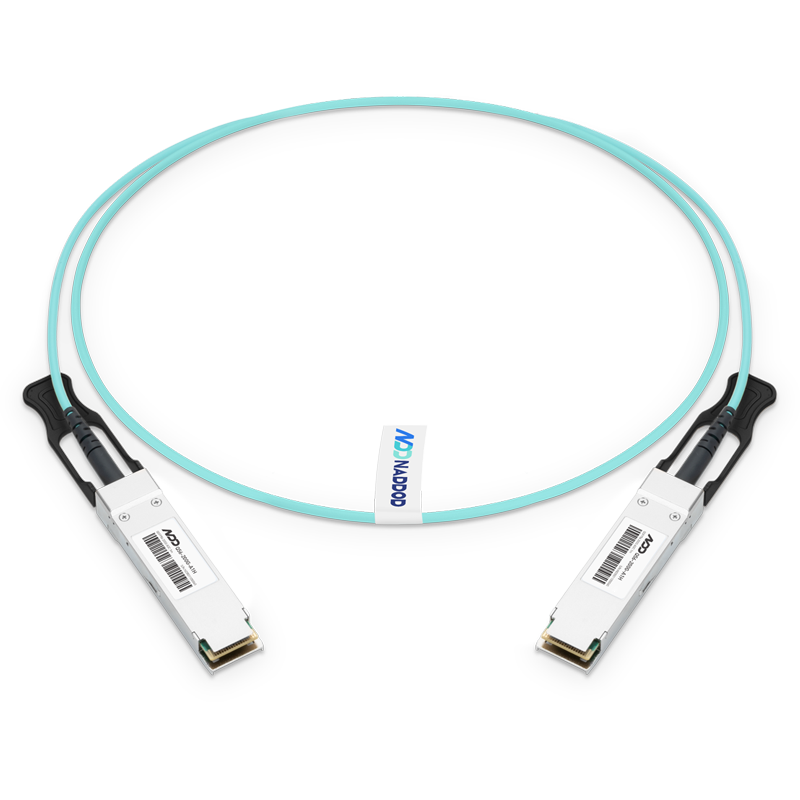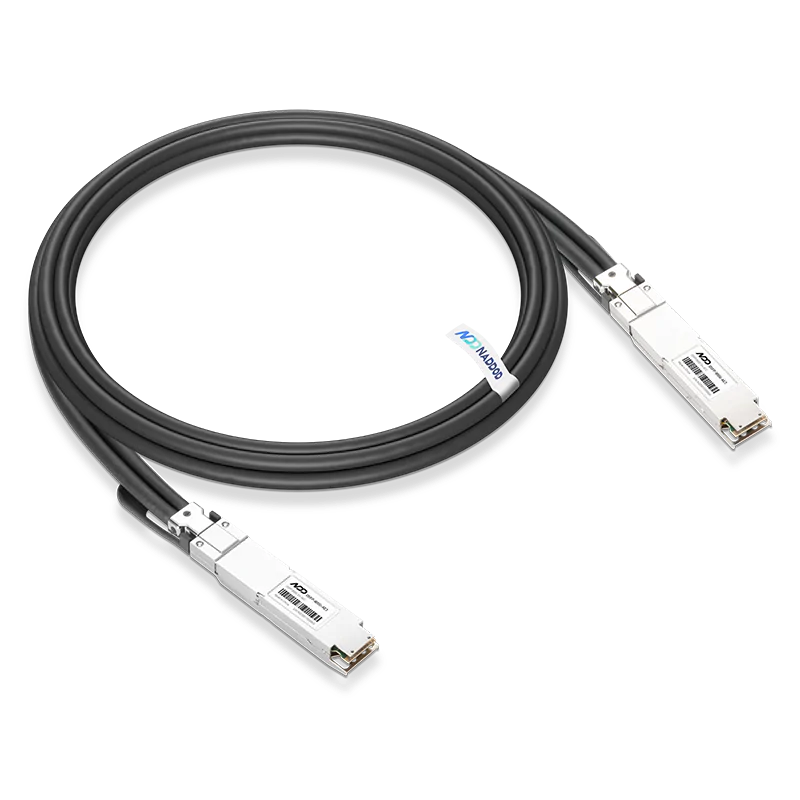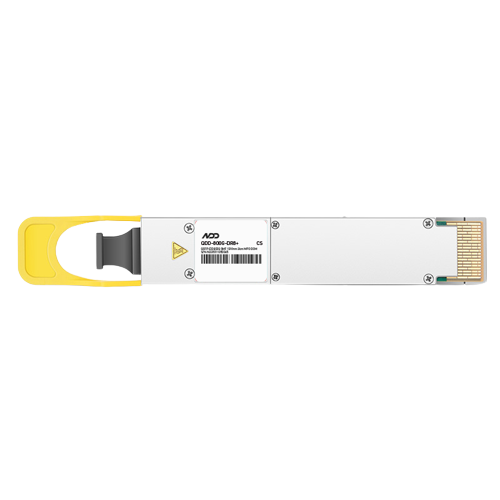As AI server clusters expand, optical links become crucial for long-distance connectivity due to their scalability and cost benefits. Broadcom is at the forefront of three core optical interconnect technologies essential for large-scale AI networks. This article will explore these three technologies that Broadcom employs.
Vertical Cavity Surface Emitting Laser (VCSEL)
VCSELs are widely used in AI interconnects for their low power consumption and cost efficiency. Broadcom's VCSEL technology leads the industry in performance, reliability, and market availability.

At OFC 2024, Broadcom demonstrated significant advancements with 200G/lane VCSEL, achieving transmission over 100 meters on OM3 fiber at 100 GBd PAM4 and 53.125 GBd PAM4.

Optical interconnect solutions like NADDOD’s InfiniBand NDR multimode modules, including the 800G OSFP SR8 (MMA4Z00-NS) and 400G OSFP SR4 (MMA4Z00-NS400), leverage Broadcom's VCSEL and Broadcom DSP chips to ensure low BER, stable, high-speed performance without link interruptions, making them ideal for high-performance data center environments.

Electro-Absorption Modulated Laser (EML)
EMLs are ideal for extending AI systems to tens or hundreds of thousands of units due to their ability to handle very high bandwidths over longer distances. Broadcom has scaled EML technology from 100G to 200G per lane and achieved mass production.
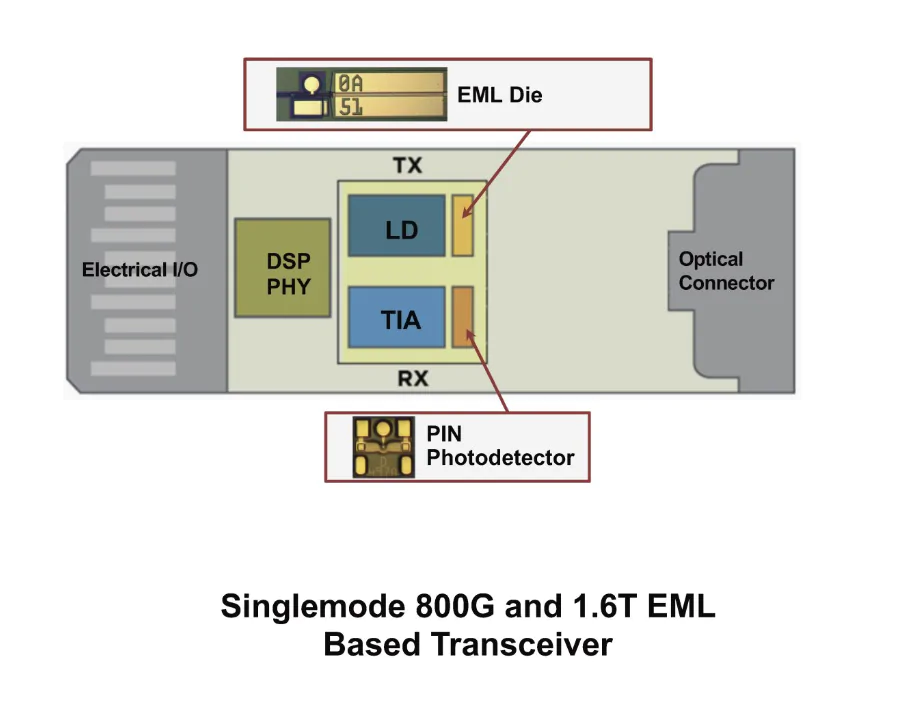
At OFC 2023, Broadcom presented a CMBH-based EML for 800G DR4/FR4 and 1.6T applications. This EML supports 20-70°C operation with a 3dB EO-BW over 60 GHz, suitable for 200G/lane use, and demonstrates excellent performance metrics, including 7 dBm output power and TDECQ below 3.25 dB at 100Gbd over 2 km.
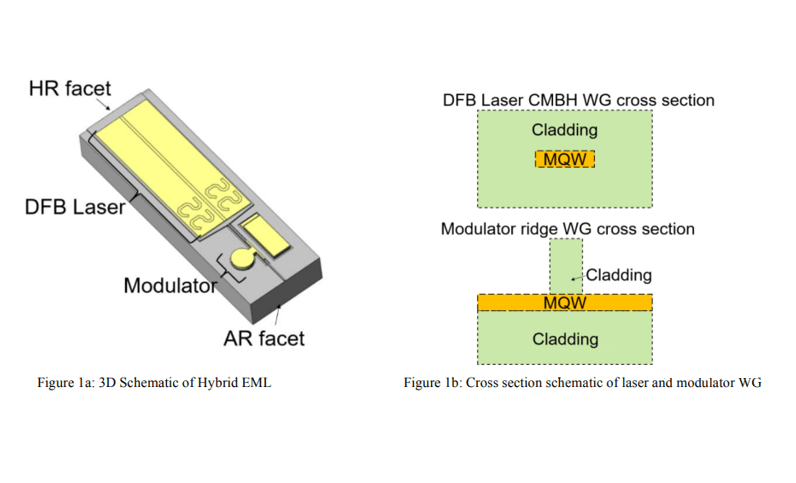

Co-Packaged Optics (CPO)
CPO integrates advanced silicon photonics with ICs to address next-gen bandwidth and power challenges, providing a performance and cost advantage for future AI systems. Broadcom’s 51.2T Bailly CPO, revealed at OFC 2024, integrates optical links directly into the package, featuring 512 channels connected optically to the switch. It uses eight FR4 silicon photonics engines, each with 64 channels and a total capacity of 51.2T. The lasers are external and pluggable, simplifying replacements.

Broadcom identifies several key advantages of CPO technology:
- Cost Reduction: As bandwidth and component numbers grow, CPO uses silicon photonics to integrate more components onto a single chip, lowering overall costs.
- Power Efficiency: By eliminating complex electronic links between ASICs and optics, CPO significantly reduces power consumption. For example, a typical 800G pluggable transceiver uses about 16W per link, while a CPO system reduces this to 5W. At 1.6T, pluggable transceivers consume around 25W, but CPO only needs 8W.
- Enhanced Reliability: Pluggable transceivers typically have a 2% failure rate. CPO increases reliability by integrating more components on the chip. Broadcom’s approach involves using pluggable and easily replaceable laser components, with all other parts built on core silicon technology.
Additionally, Broadcom offers a range of high-power DFB laser diode chips with wavelengths from the O to C band, featuring a CMBH structure with output power ranging from 20 to 100mW, suitable for non-cooled applications.

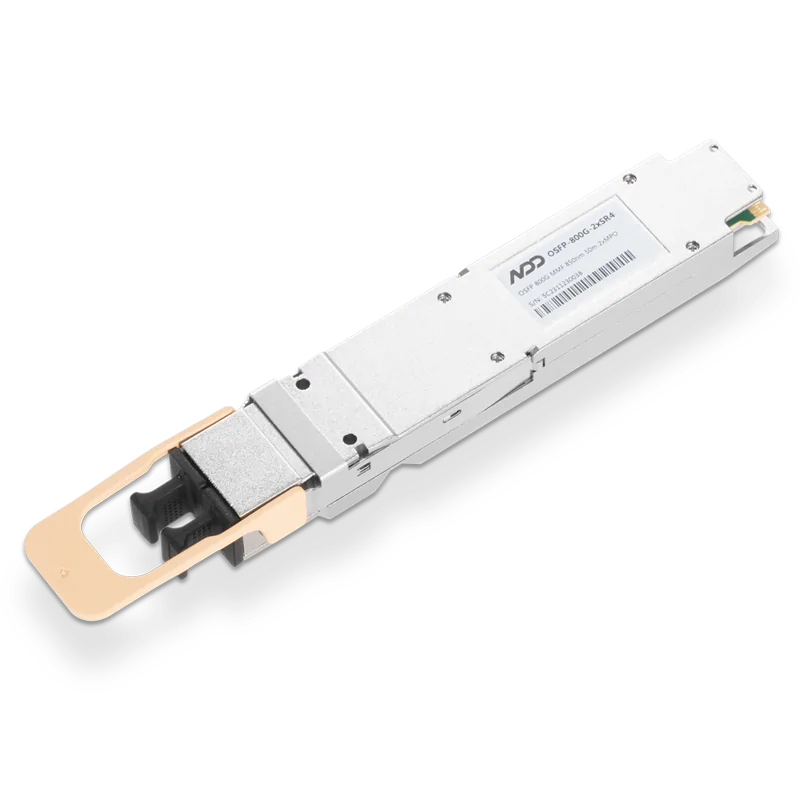 800GBASE-2xSR4 OSFP PAM4 850nm 50m MMF Module
800GBASE-2xSR4 OSFP PAM4 850nm 50m MMF Module- 1A Comprehensive Guide to 800G Optical Transceivers
- 2From H100, GH200 to GB200: How NVIDIA Builds AI Supercomputers with SuperPod
- 3NADDOD Launches 51.2T Ethernet Data Center Switches Powered by Broadcom Tomahawk 5
- 4NADDOD 1.6T XDR Infiniband Module: Proven Compatibility with NVIDIA Quantum-X800 Switch
- 5Vera Rubin Superchip - Transformative Force in Accelerated AI Compute




